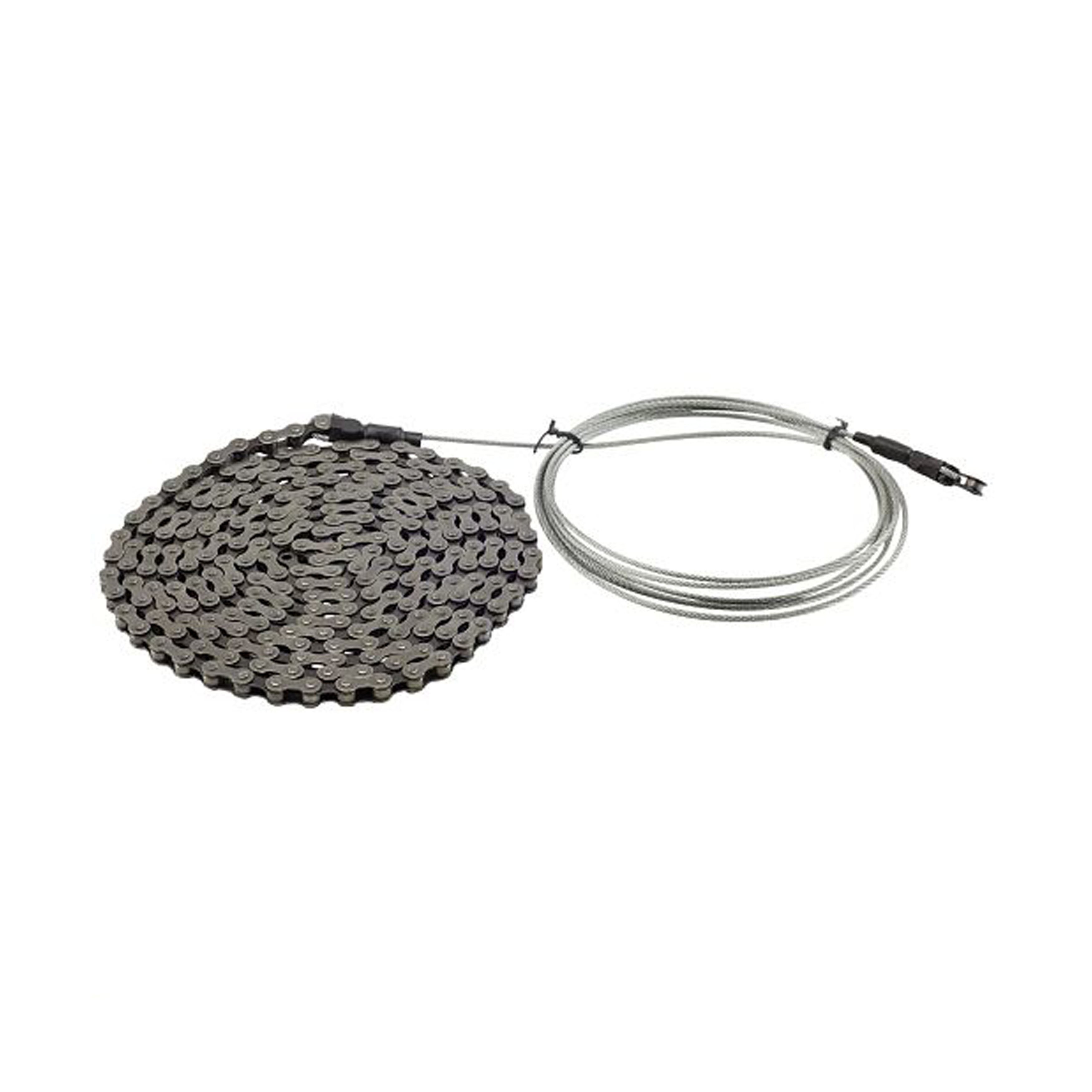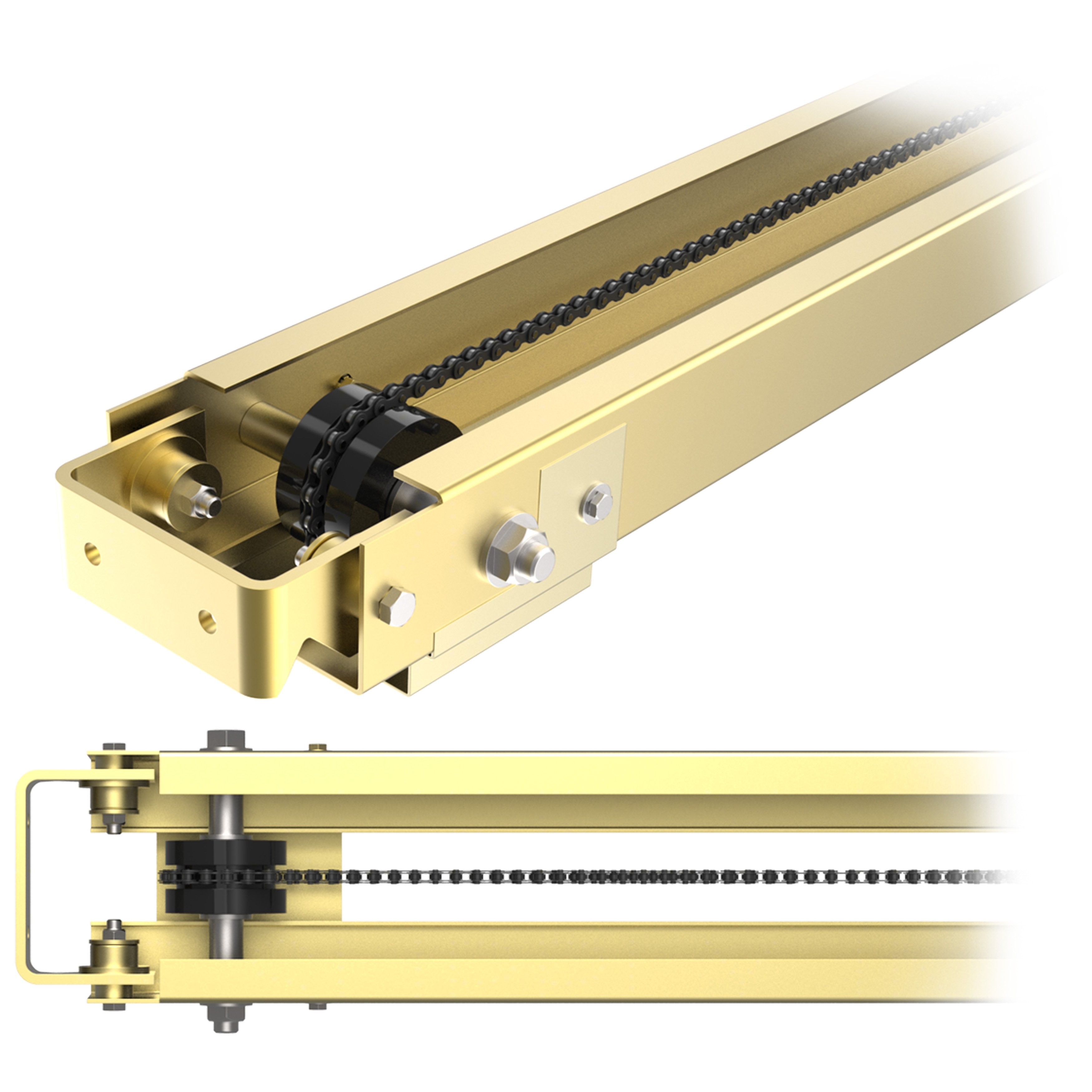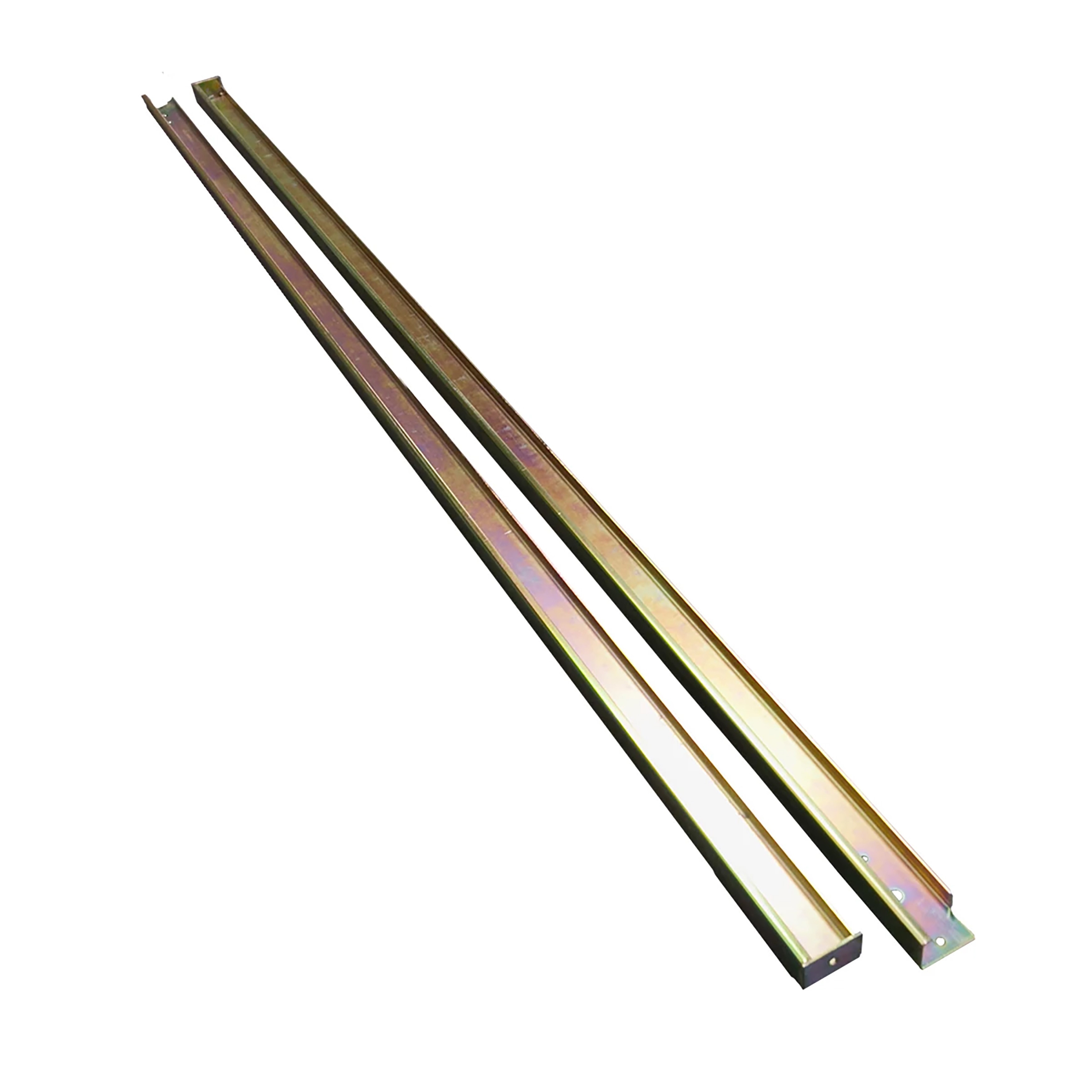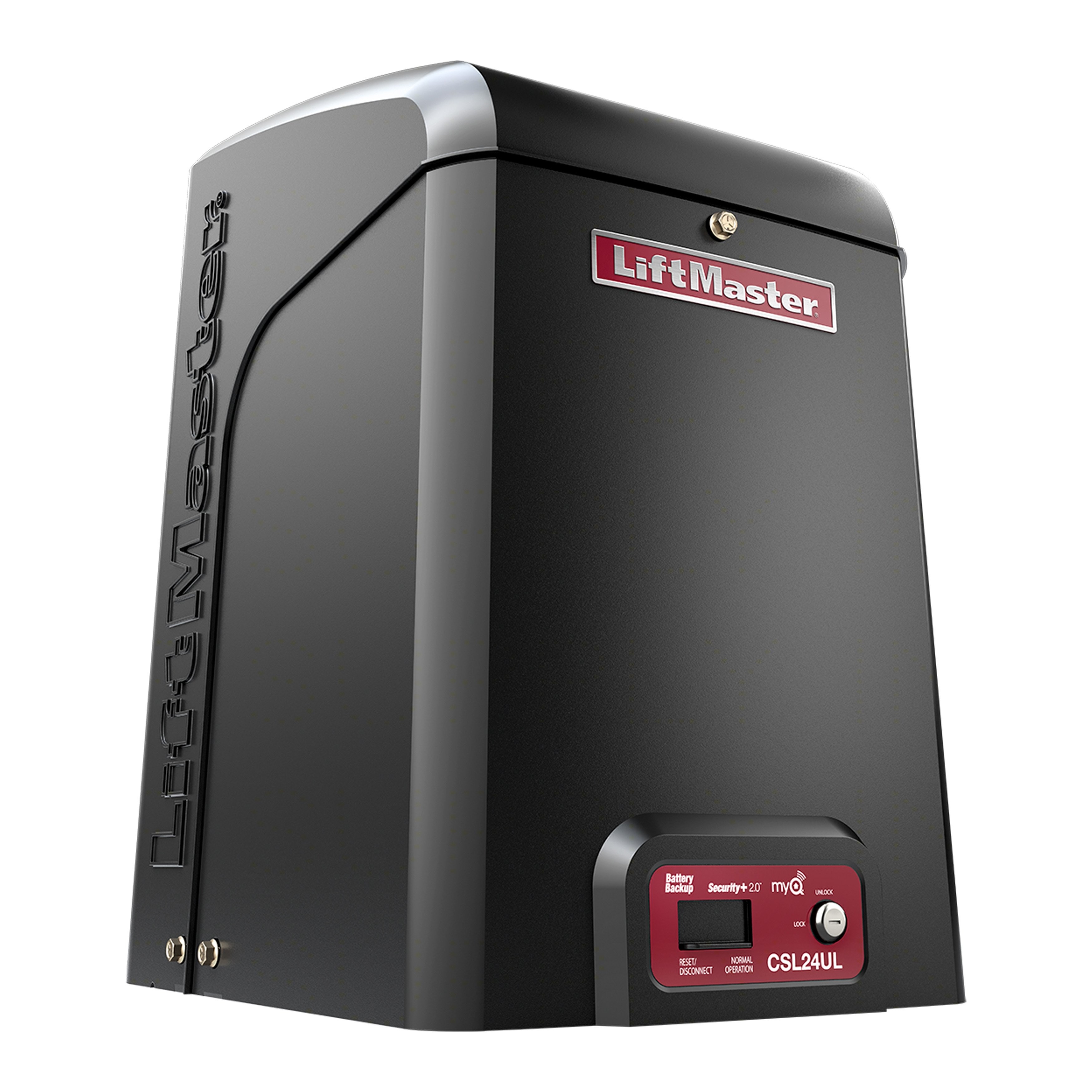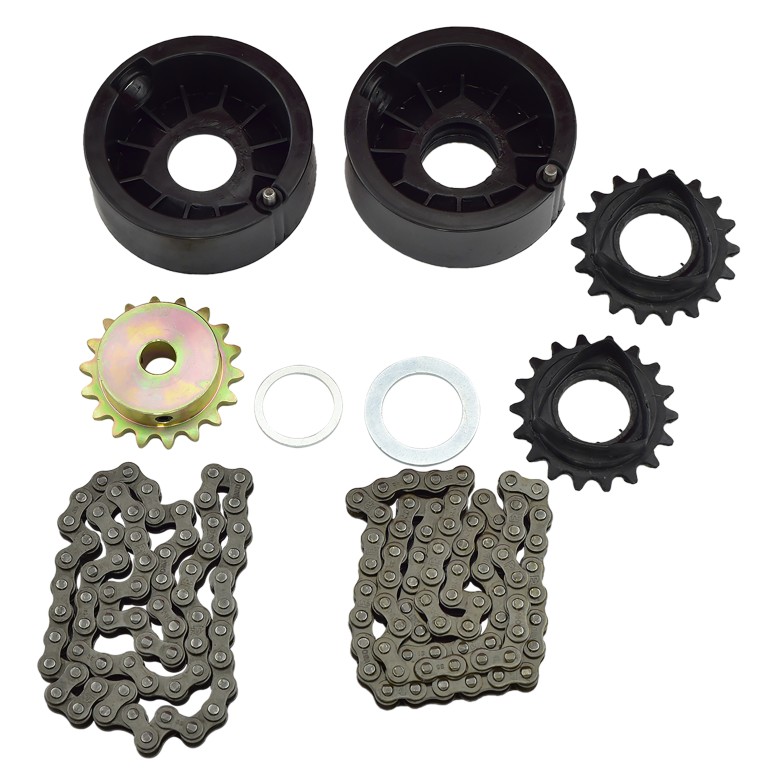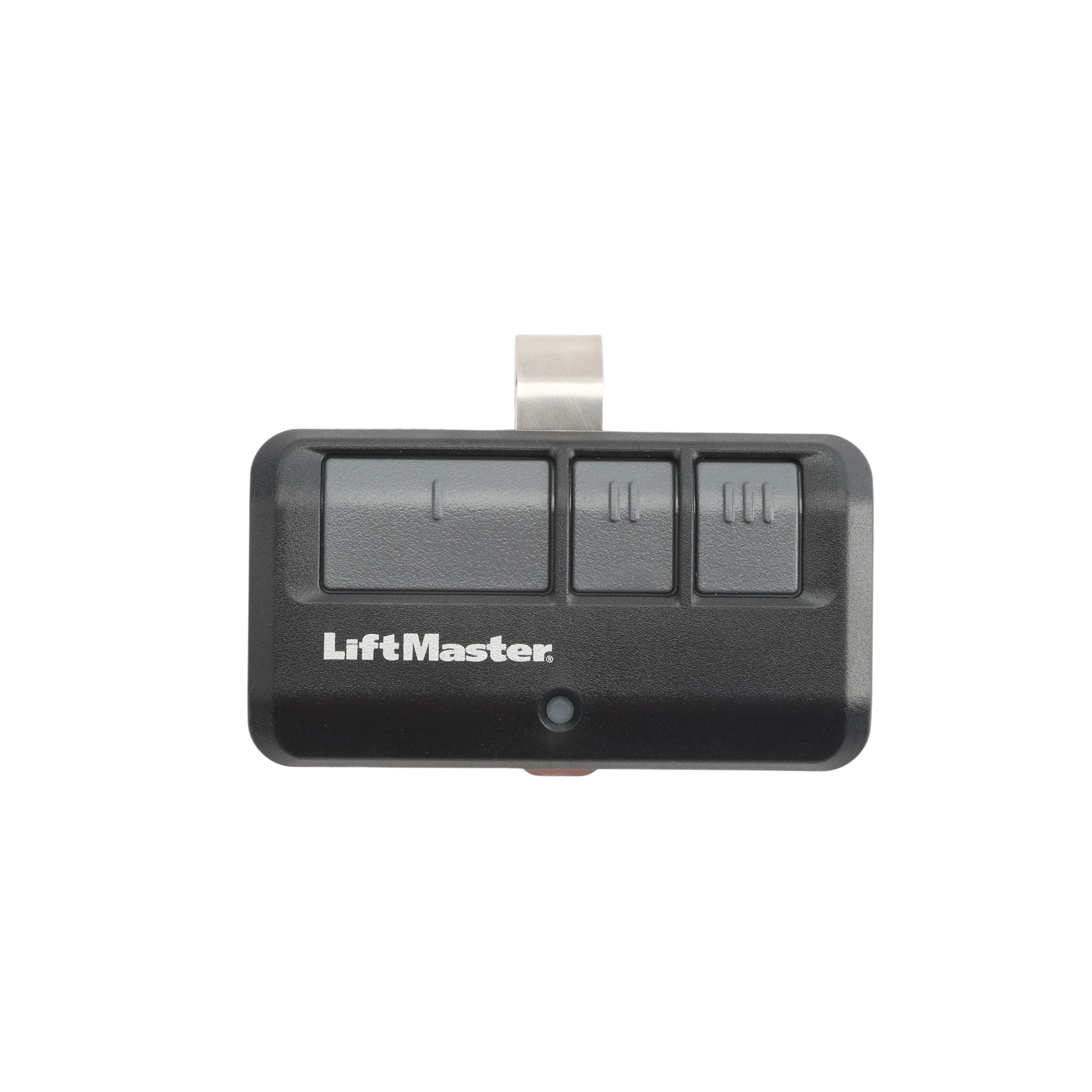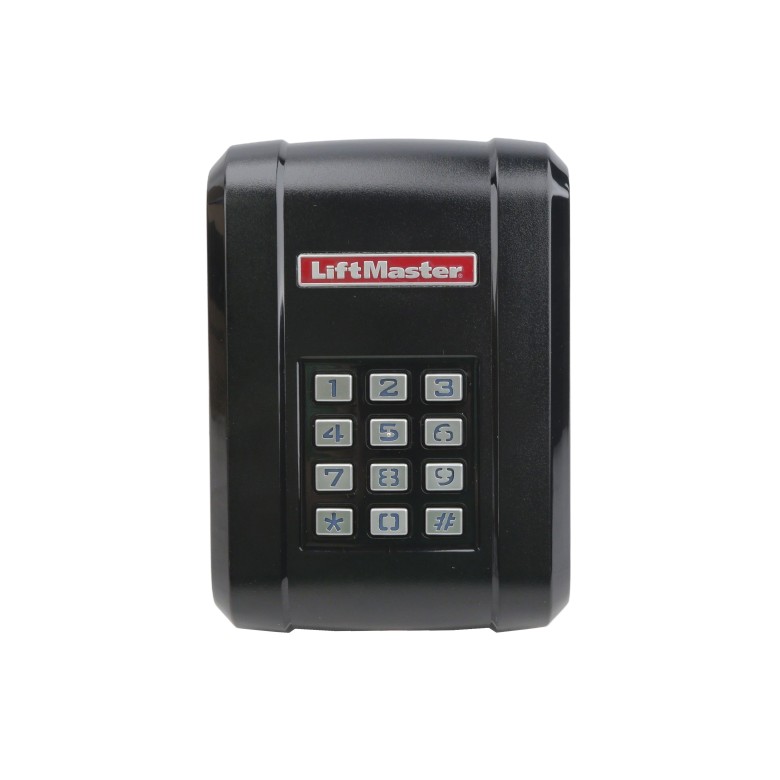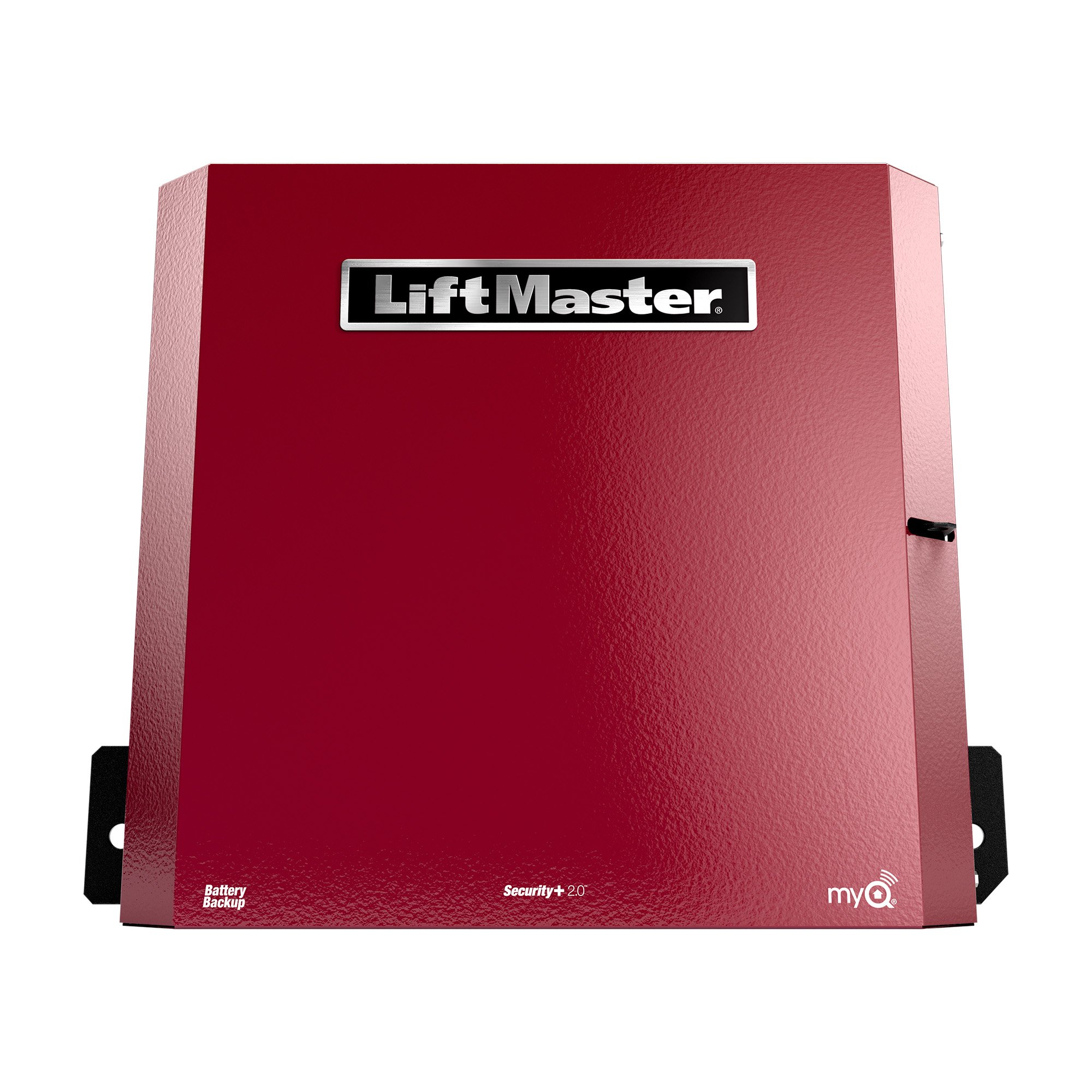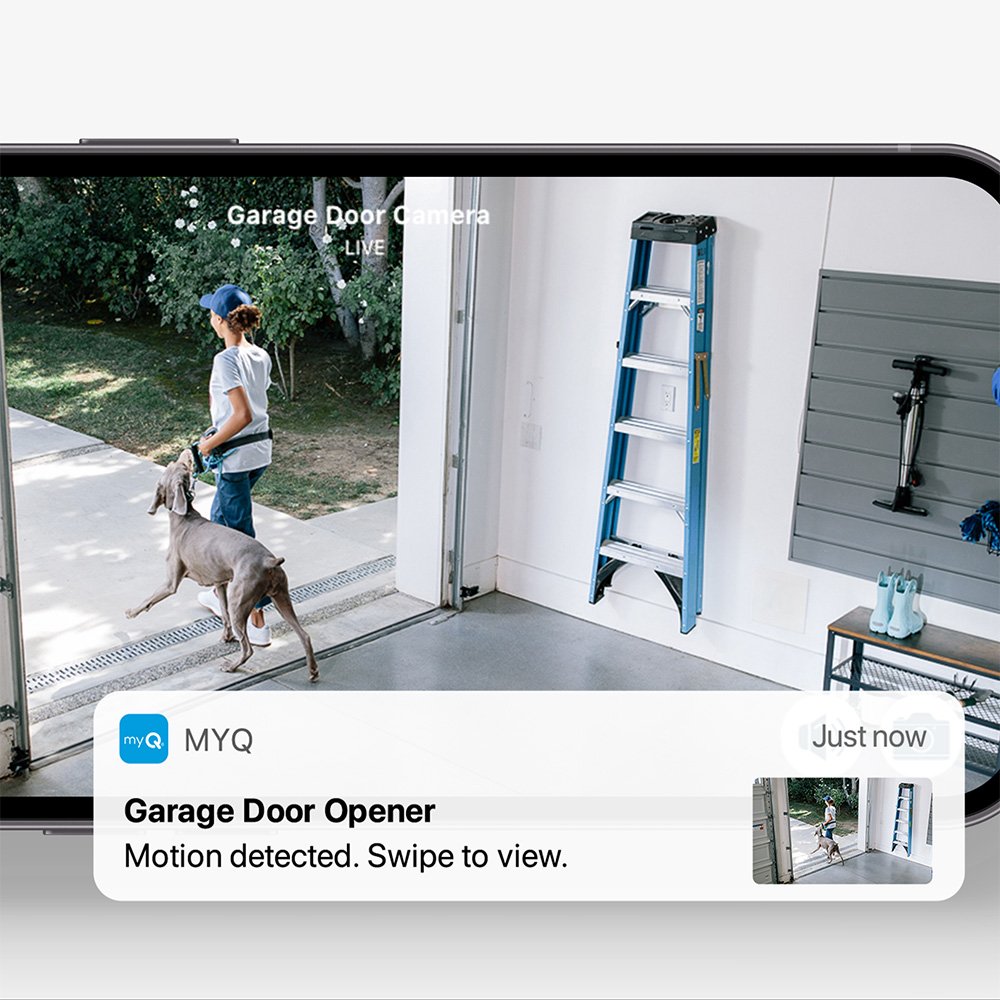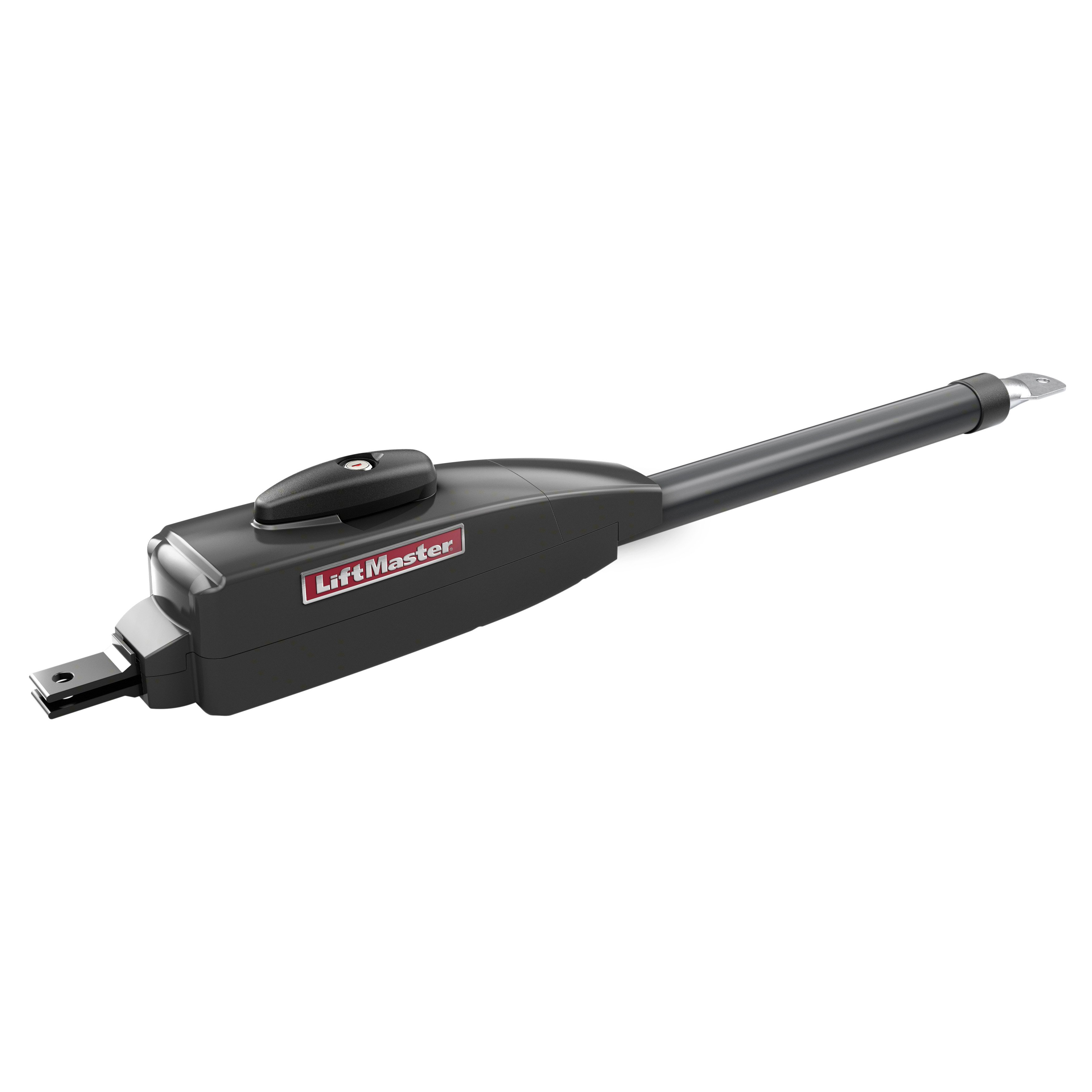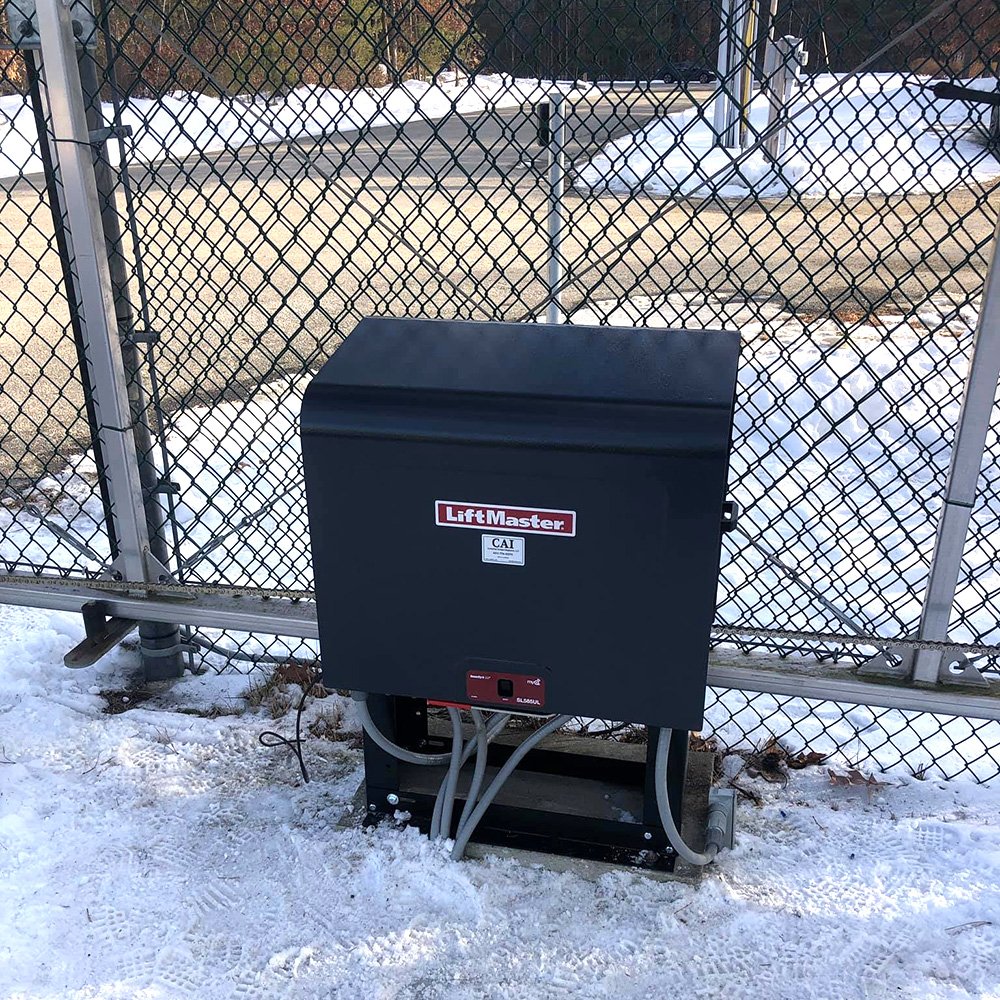Can I Use the Existing Chain and Track for a New LiftMaster Gate Opener?
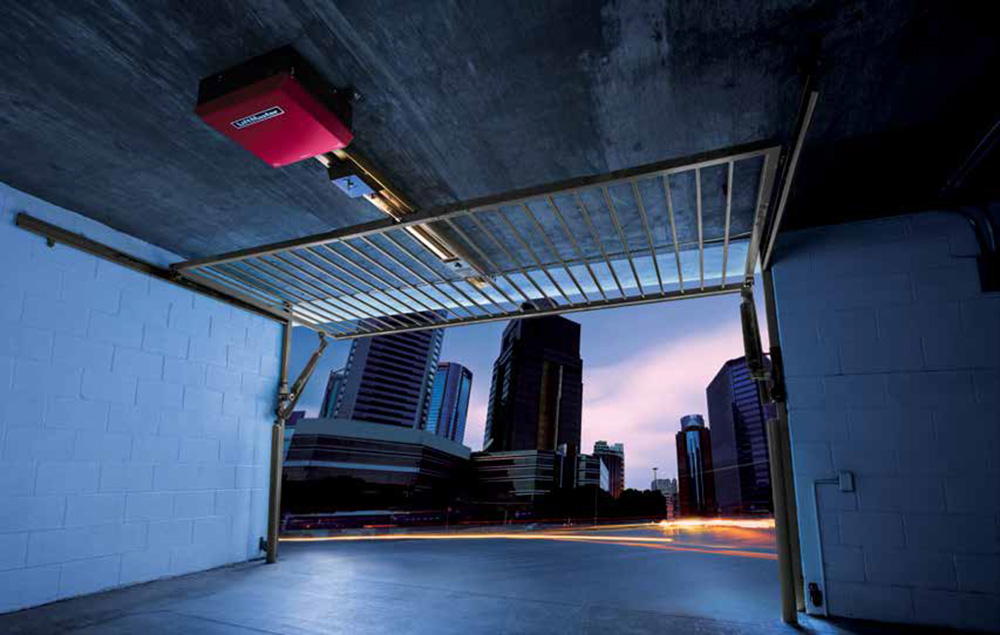
Upgrading your LiftMaster gate opener comes with an important question: Can you reuse the existing chain and track, or do you need to replace them when you get a new unit? Homeowners will always look for ways to save time and money by keeping existing hardware, but is this a practical solution? The answer depends on several factors, including compatibility, wear and tear, and manufacturer recommendations (which will always be to spend more).
Some installers, contracted or independent, have reported successfully reusing old rails, tracks, and chains when replacing a garage or gate opener, but experiences vary. So, why are most unsuccessful? Not all gate opener tracks and chains are standardized, even within the same brand, because models are always updated, and parts change for better or worse. Does this mean reusing is always a bad idea? Not necessarily. Sometimes, a well-maintained track can still function perfectly with a new opener. At the same time, in other situations, an old chain may cause misalignment, excess wear on the motor, or even safety hazards.
Another key concern is whether the new LiftMaster opener is designed to work with the old chain and track. Many newer models come with pre-assembled rails or specific chain sizes that may not be compatible with older setups. Again, this change may or may not have been an actual "update," but that is the user's opinion. Some users in online discussion boards have pointed out that even though Chamberlain and LiftMaster are the same company, their newer openers often require updated hardware, making reusing old parts challenging.
How do you decide whether to reuse or replace? This article will break it down for you. We'll explore:
- Gate opener and door opener components
- How to determine compatibility between your old and new LiftMaster opener (*Pay careful attention to product descriptions. We try to provide as much material as possible, including Manuals, Specification sheets, and more.)
- Signs of wear and tear that means replacement is necessary
- Safety and performance considerations when reusing old hardware
- When reusing might be a cost-effective option
By the end, you'll clearly understand whether you can safely reuse your existing chain and track or if it's better to upgrade for optimal performance.
Understanding Gate Opener Components
When considering installing or replacing a LiftMaster gate opener, it's essential to understand the key components involved and how they influence the system's performance. This section delves into the differences between chain-driven and belt-driven systems, the roles of the track and chain, and the impact of chain tension and track alignment on overall functionality.
Chain-Driven Systems
- Mechanism: Utilize a metal chain to operate the gate, similar to a bicycle chain.
- Durability: Known for their strength and ability to handle heavy gates, making them suitable for larger or heavier installations.
- Noise Level: Tend to be noisier due to metal-on-metal contact during operation.
- Maintenance: Require regular lubrication and maintenance to ensure smooth operation and longevity.
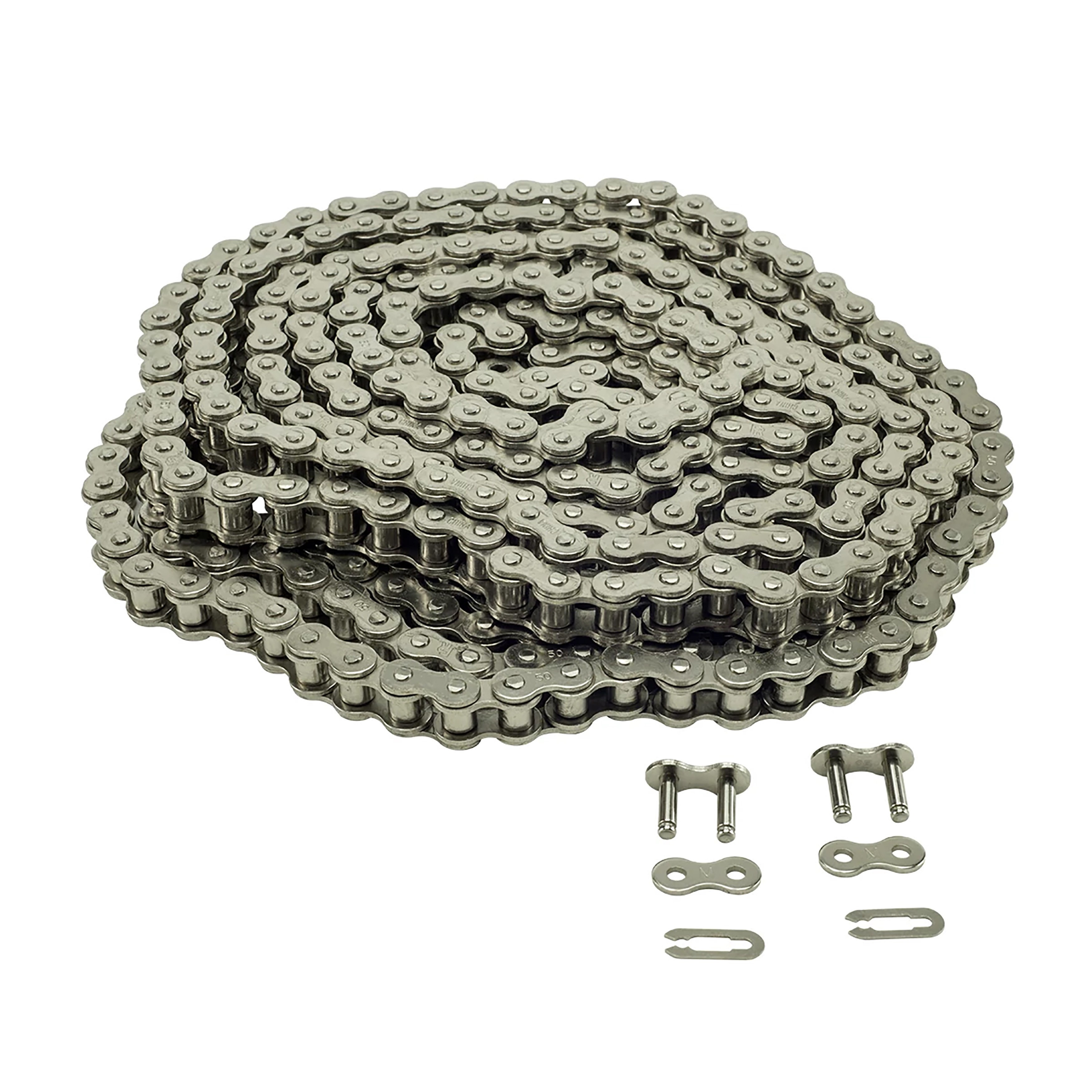 Replacement Chains
Replacement Chains
Belt-Driven Systems
- Mechanism: Employ a rubber belt to move the gate, resulting in quieter and smoother operation.
- Durability: While generally durable, they may not be as suitable for extremely heavy gates as chain-driven systems.
- Noise Level: Operate with minimal noise, making them ideal for residential areas where quiet operation is preferred.
- Maintenance: Require less maintenance compared to chain-driven systems, as there is no need for regular lubrication.
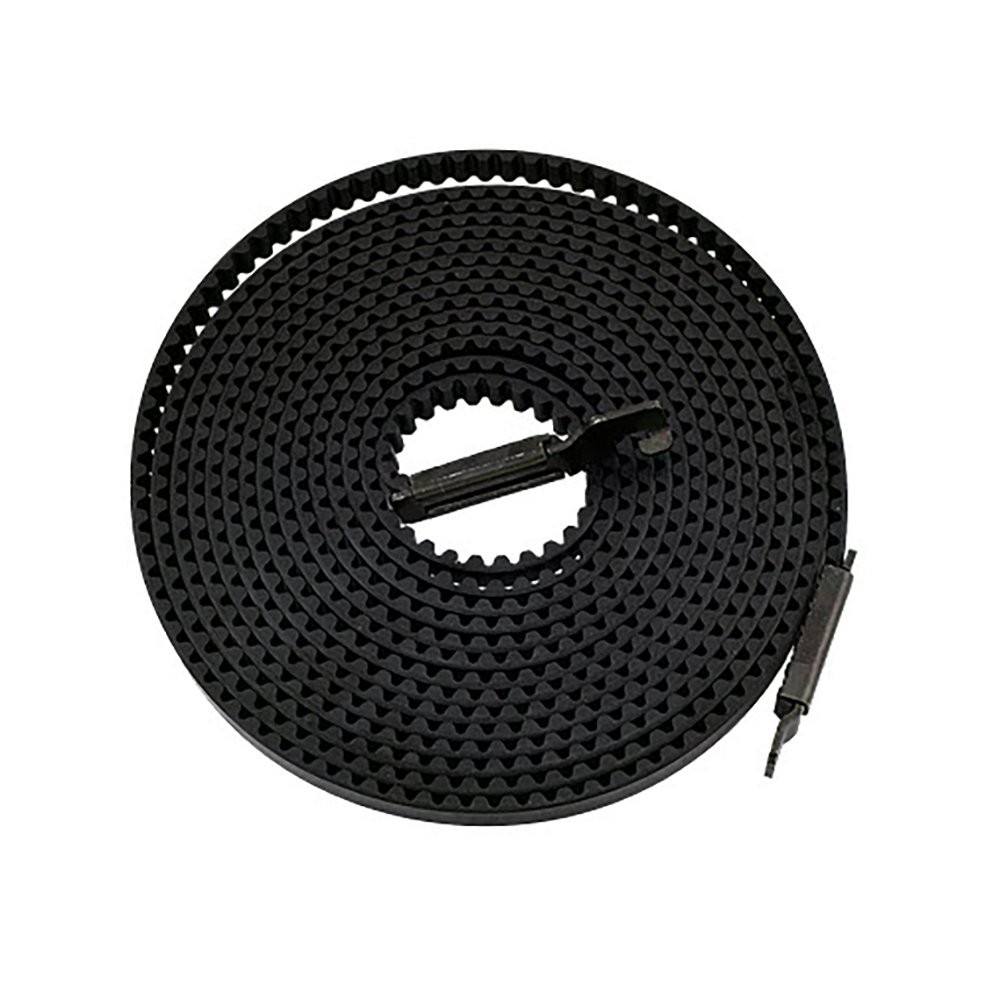 Replacement Belts
Replacement Belts
Role of the Track and Chain in Gate Operation
The track and chain are fundamental components in a gate opener system:
- Track: Guides the gate's movement, ensuring it opens and closes along a predetermined path. Proper track installation and maintenance are crucial for smooth and efficient gate operation.
- Chain: Connects the gate to the motor, transmitting the motor's power to facilitate the gate's movement. The chain's quality and condition directly affect the system's performance.
Ensuring both components are in optimal condition is vital. Worn or damaged tracks and chains can lead to operational issues, including misalignment and increased strain on the motor.
How Chain Tension and Track Alignment Affect Performance
Proper chain tension and track alignment are critical for the efficient and safe operation of your gate system:
Chain Tension:
- Importance: A chain that's too loose can cause the gate to jerk or become unresponsive, while an overly tight chain can lead to excessive wear on the motor and other components.
- Adjustment: Regularly inspect and adjust the chain tension as per the manufacturer's guidelines to maintain optimal performance.
Track Alignment:
- Importance: Misaligned tracks can cause the gate to bind, operate unevenly, or even derail, posing safety hazards.
- Maintenance: Regularly check for signs of wear, damage, or misalignment in the tracks. Ensure they are clean and free from debris that could obstruct the gate's movement.
Understanding these components and their interplay is essential for maintaining a reliable and efficient gate opener system. Proper selection, installation, and maintenance not only enhance performance but also extend the lifespan of your equipment.
Factors to Consider When Reusing the Existing Chain and Track for Your New LiftMaster Opener System
If you plan to upgrade your LiftMaster gate opener, you might wonder: Can I reuse my existing chain and track with a new gate opener? While it may seem like a cost-effective solution, it's essential to consider compatibility, safety, and long-term performance before deciding. This guide will walk you through the key factors to evaluate before reusing old components, helping you ensure your automatic gate opener operates smoothly and efficiently. Before reusing your existing chain and track, the first step is determining whether they are compatible with your new LiftMaster opener. Not all gate opener parts are universal, and using incompatible hardware can lead to performance issues or even damage your new system.
How to Check Compatibility?
- Review Product Manuals & Specifications: Every LiftMaster automatic gate opener has specific requirements for chain size, track length, and gear mechanisms. Carefully review the product description, manual, and specification sheet to see if your existing parts match your new unit.
- Compare Chain Sizes: LiftMaster openers commonly use #41 or #48 roller chains. If your current chain is not the same size as the new opener requires, it will not function properly.
- Check Motor Power & Gear Type: If your new LiftMaster sliding gate opener or swing gate opener has a more powerful motor, it might require an upgraded chain or track.
- Manufacturer Recommendations: Always check LiftMaster's official compatibility guidelines before deciding to reuse old parts.
For guaranteed compatibility, consider purchasing LiftMaster OEM replacement parts from SimpleGateOpener, which offers chains, tracks, rails, and gate opener accessories that fit your specific model.
Condition of the Existing Chain
Even if your current gate opener chain appears intact, checking for signs of wear and tear before reusing it is important. Over time, metal chains stretch, rust, and weaken, which can affect the performance of your LiftMaster sliding gate opener or swing gate system.
Signs That Your Chain Needs Replacement:
- Chain Stretching: A loose or sagging chain can cause jerky movements and improper alignment, making the gate opener work harder than necessary.
- Rust or Corrosion: If your chain shows any signs of rust, it may be structurally weak and at risk of breaking.
- Broken or Worn-Out Links: A damaged or stiff link can prevent smooth gate operation and put excess strain on the motor.
Maintenance Tips for a Longer-Lasting Chain:
- Regularly lubricate your chain to reduce friction and prevent rust buildup.
- Check chain tension and adjust as needed to prevent unnecessary wear on the motor.
- If the chain shows significant wear or damage, replace it with a new Liftmaster-compatible chain to prevent malfunctions.
Track and Rail Alignment and Condition
The gate track and rails are essential for keeping your automatic gate opener system aligned and moving efficiently. If the track or rail is misaligned, bent, or damaged, it can cause operational issues, increased strain on the motor, and potential safety hazards.
What to Inspect Before Reusing a Track/Rail?
- Proper Alignment: Misaligned tracks can cause dragging, uneven movement, and excessive motor strain. Ensure your track/rail is properly leveled and aligned before reusing it.
- Wear and Tear: Over time, dents, warping, and rust can prevent the gate from gliding smoothly. Replacing the track/rail may be the best option if the track/rail is damaged.
- Manual Gate Operation: Before installing the new opener, manually slide or swing the gate along the track/rail. The track/rail may need adjustments or replacement if it gets stuck or moves unevenly.
When Should You Replace the Track/Rail?
- If your LiftMaster gate opener installation requires a different rail system, you must replace the old track.
- If your track/rail is bent, rusted, or significantly worn, reusing it can reduce the efficiency and lifespan of your automatic gate system.
Safety and Performance Considerations
Reusing old components might seem like a cost-effective solution, but it can pose safety risks and reduce the efficiency of your LiftMaster gate opener.
Potential Risks of Reusing Worn-Out Parts:
- Increased Risk of Malfunctions: A worn chain or misaligned track can cause erratic gate movements, system failures, or unexpected stops.
- Strain on the Opener Motor: If the chain is stretched or the track is misaligned, the motor has to work harder, shortening its lifespan and increasing maintenance costs.
- Safety Concerns: A weakened chain or track failure can lead to sudden gate malfunctions, which can be dangerous in residential or commercial settings.
Manufacturer Warranty Considerations:
- Using non-approved or worn-out components may void the LiftMaster warranty.
- Always verify that the existing chain and track meet the manufacturer's specifications before reusing them.
To avoid these risks, investing in LiftMaster OEM replacement parts is the best way to ensure long-term reliability and safety. SimpleGateOpener offers a full selection of LiftMaster-compatible replacement parts, hardware, and accessories to keep your automatic gate opener system functioning at its best.
Final Thoughts: Should You Reuse or Replace?
Deciding whether to reuse or replace your chain and track for a new LiftMaster gate opener comes down to compatibility, condition, and performance.
When Reusing LiftMaster Gate and Door Parts is an Option:
- The chain and track are in excellent condition with no visible wear, rust, or stretching.
- They are fully compatible with your new LiftMaster gate opener (correct size, tension, and alignment).
- The track is properly aligned and allows for smooth gate movement.
When Replacing LiftMaster Gate and Door Opener Parts is Necessary:
- The chain is stretched, rusted, or has broken links.
- The track is bent, misaligned, or worn, causing the gate to drag or operate unevenly.
- The new LiftMaster opener requires a different chain or rail system for proper function.
- The existing hardware causes motor strain, unusual noise, or inconsistent performance.
Choosing the right parts for your automatic gate opener system ensures smooth and reliable operation, prevents unnecessary strain on the motor, and extends the lifespan of your LiftMaster opener. Using worn-out or incompatible components can lead to costly repairs and reduced efficiency, while high-quality replacement parts help maintain the safety and performance of your system.
Installation Tips for a New LiftMaster Opener
Proper installation ensures smooth operation and long-term reliability for your LiftMaster gate opener. A well-installed LiftMaster opener improves efficiency and prevents costly repairs. Focus on chain tension, track alignment, and system testing to prevent issues down the line.
- Ensure Proper Chain Tension & Lubrication: The chain should have 1/4 to 1/2 inch of slack to avoid strain on the motor. Apply a non-greasy lubricant to reduce friction and prevent rust.
- Align the Track for Smooth Movement: Ensure the track is level, securely mounted, and free of obstructions. Before attaching the opener, manually slide or swing the gate to check for smooth motion.
- Test for Optimal Performance: Open and close the gate multiple times, listening for unusual noises or resistance. Check safety sensors and auto-reverse functions to ensure they work properly.
Proper installation and maintenance of your LiftMaster gate opener ensure smooth operation, safety, and long-lasting performance. Whether you're reusing existing components or installing new ones, always verify compatibility, condition, and alignment to prevent issues and extend the life of your system. Following manufacturer guidelines is key to getting the best results.
Check out our selection of LiftMaster opener systems, OEM replacement parts, and accessories. If you have any questions, contact us; we're here to help with all your gate opener needs!
Contact Us

